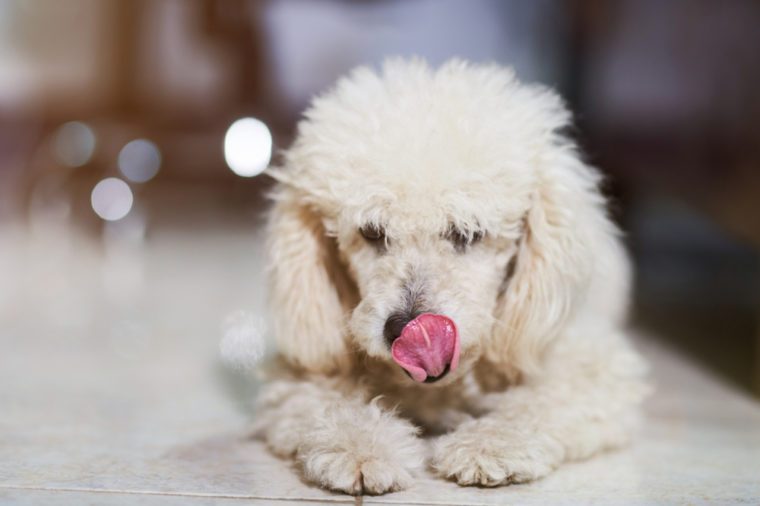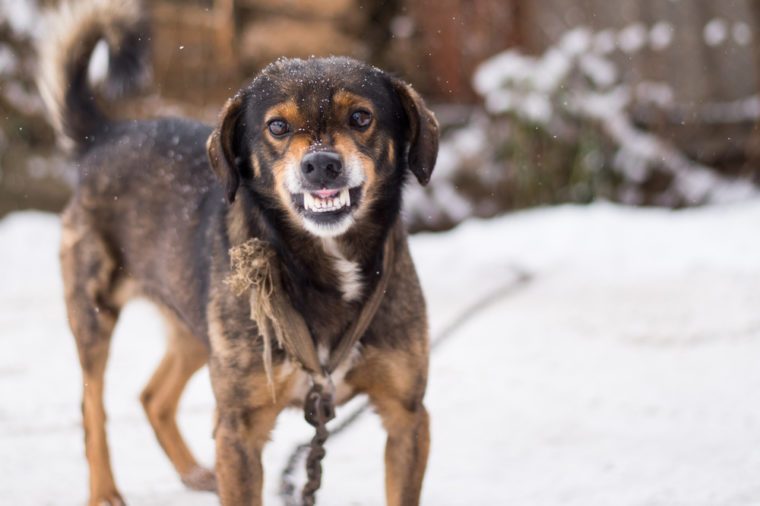The 10 Incredible Ways Your Cat Shows You Love

Even though my cat can’t speak aloud, she is constantly trying to find ways to communicate with me. Whether my cat is “meowing” because she’s hungry, or pawing at my legs because she wants attention, she finds ways to let me know exactly what she is thinking. While I can’t read her mind, I know that she is also constantly finding new ways to tell me she loves me. And just as there are specific behaviors through which a dog communicates love, there are specific, unique ways that our cats are saying “I love you.” This exclusive list of behaviors delves into the incredible ways that our cats attempt to communicate their love for us. And while I knew a few of these already, most of them were quite surprising. In fact, I was shocked by just how often my cat has been trying to show me how much she loves me!
1. Kneading Your Legs
Kneading is when your cat uses their paws to push in and out against a soft surface, such
as your lap. This is one of the main ways your cat tries to say “I love you.” According to
PetMD, “If your cat is curled up and kneading your lap while you’re petting him, he’s
returning the affection and telling you he loves you right back. Unfortunately, this can
be quite painful, since the happier he is, the harder he’ll dig in with his sharp nails.” They recommend that you ease the painful part of this kneading by “placing a thick, soft barrier between the cat and
your lap.”
2. Bringing You a Present
This is your cat’s way of showing love. Certified Animal Behavior Consultant Amy Shojai
writes, “Cats love with gifting. Mighty hunter cats that catch everything from toys to bugs,
mice or frogs, often share the bounty with those they love. Kitties who present you with this bounty deserve praise.” While it might seem odd, Shojai says, “They wouldn’t bring these
special gifts if they didn’t love you.”
3. Head-Butting You
Head-butting may seem like an odd behavior, but it actually shows that your cat truly cares
about you. According to Mother Nature Network, “Cats have secret glands concentrated on certain parts of their bodies, including their cheeks and heads. When your kitty rubs her
head or face against you, she’s marking you with her scent and claiming you as part of her
family group.”
about you. According to Mother Nature Network, “Cats have secret glands concentrated on certain parts of their bodies, including their cheeks and heads. When your kitty rubs her
head or face against you, she’s marking you with her scent and claiming you as part of her
family group.”
They continue, “This scent is a source of both comfort and familiarity for your kitty.”
4. Staring Into Your Eyes
Staring at you and slowly blinking is a way in which your cat shows you great affection.
Dr. Karen Becker writes, “This might be the display of cat love that is easiest for humans to understand. If your kitty first stares at you, then blinks, then opens his eyes wide, then slowly blinks a second time, he’s telling you he loves and trusts you.”
She says this is an extreme sign of affection. “It’s the equivalent of being kissed.”
5. Showing You Their Belly

The flashing of the stomach is one way that your cat is saying “I love you.”
According to IHeartCats.com, “Like most animals, cats do not show their stomachs to
just anyone. If your cat rolls over on its back to give you a flash of that fuzzy belly, this is
an indication that they feel comfortable around you.”
just anyone. If your cat rolls over on its back to give you a flash of that fuzzy belly, this is
an indication that they feel comfortable around you.”
They continue, “Not only this, but they feel loved and protected by you, rendering
themselves defenseless while on their backs.”
themselves defenseless while on their backs.”
6. Curving the Tip of Their Tail

The tail can actually be an incredible barometer into how your cat feels about you.
In an essay entitled, Ask a Behaviorist: How Do Cats Show Affection to People?, Catster
writes, “Kitties express happiness and warm feelings by fluffing out the base of their tails
while subtly quivering them. Simultaneously, they hold their tails upright with a slight
curve at the top.”
writes, “Kitties express happiness and warm feelings by fluffing out the base of their tails
while subtly quivering them. Simultaneously, they hold their tails upright with a slight
curve at the top.”
They continue that this tail curve “is sometimes called the happy tail dance.”
7. Nipping You
Don’t get mad, because gently nipping at your finger is another way your cat is saying
that they love you.
that they love you.
According to Dr. Karen Becker, “This show of love from your kitty can prove to be a
bit painful... [but] your cat really doesn’t understand her love bite isn’t always
pleasant for you.”
bit painful... [but] your cat really doesn’t understand her love bite isn’t always
pleasant for you.”
These love bites can also be seen as your cat interacts with other cats. “Kitties nip
each other affectionately, and their skin is tougher than ours.”
each other affectionately, and their skin is tougher than ours.”
8. Rubbing Against Your Legs

When your cat just can’t seem to get enough of your legs, that is likely a sign of true love.
Dr. Karen Becker writes, “Rubbing against another creature is how cats show affection.
If your kitty rubs up against your leg... he’s putting his scent on you as a way of
claiming you as his own.” This is quite similar to the head-butting behavior.
If your kitty rubs up against your leg... he’s putting his scent on you as a way of
claiming you as his own.” This is quite similar to the head-butting behavior.
“It’s important to your relationship and bond with your cat to allow him to rub
against you.”
against you.”
9. Purring

You’ve heard your cat purr before, but you may not have realized that this was a love purr.
According to certified expert Amy Shojai, “Cats love with purrs. Her purrs can mean
a variety of things, from delight to expressions of concern. And kitty purrs range from
soft and subtle to Mack-truck loud.”
a variety of things, from delight to expressions of concern. And kitty purrs range from
soft and subtle to Mack-truck loud.”
In case you had any doubt, she writes, “When your cat purrs in your presence, you
can be sure she’s expressing her love for you.”
can be sure she’s expressing her love for you.”
10. Following You Around

If your cat can’t seem to get enough of your company, you know you have a loving connection.
According to the Mother Nature Network, “If your feline friend follows you from room
to room, jumps onto tables and counters to be near you, and always seems to be
right where you step, she clearly enjoys your company.”
to room, jumps onto tables and counters to be near you, and always seems to be
right where you step, she clearly enjoys your company.”
A good test is if your cat continues to follow you, “especially if it’s not near feeding time.”
Paying attention to these common cat behaviors is the best way to be sure
that your pet truly does love you.
that your pet truly does love you.
Source: Phil Mutz, writer at LittleThings.com



























